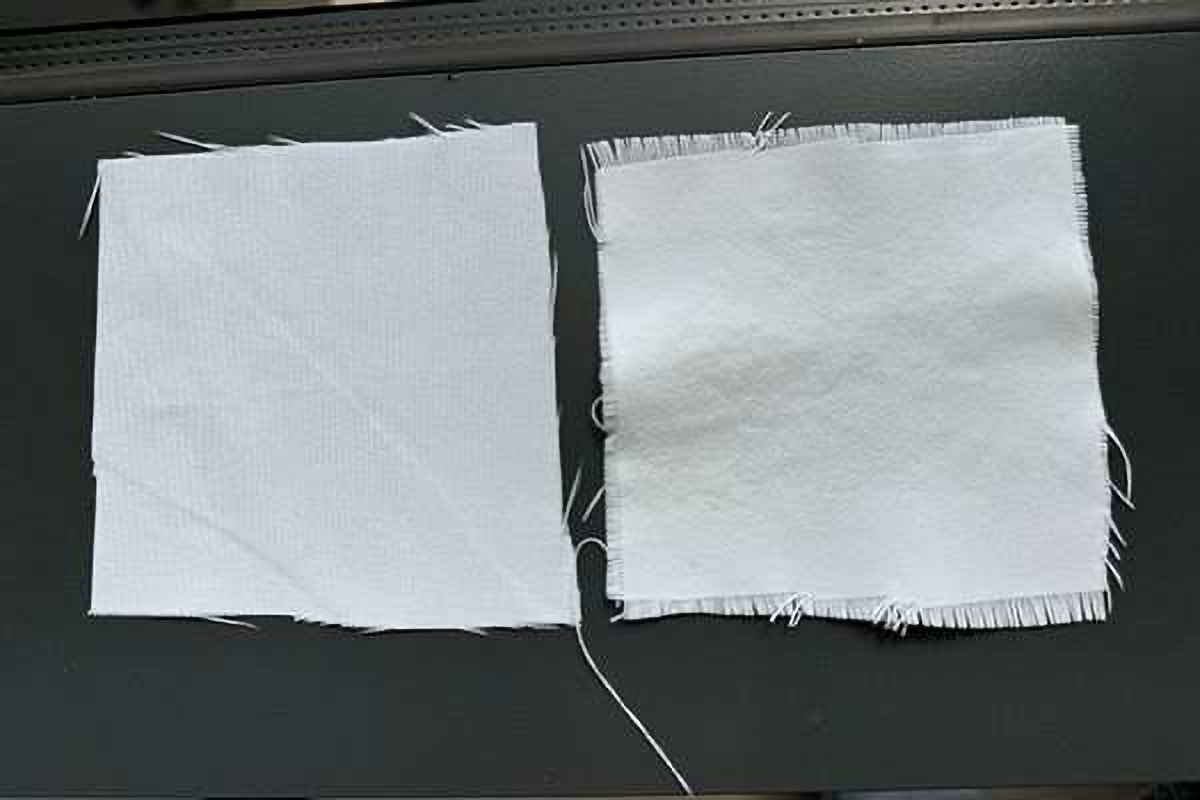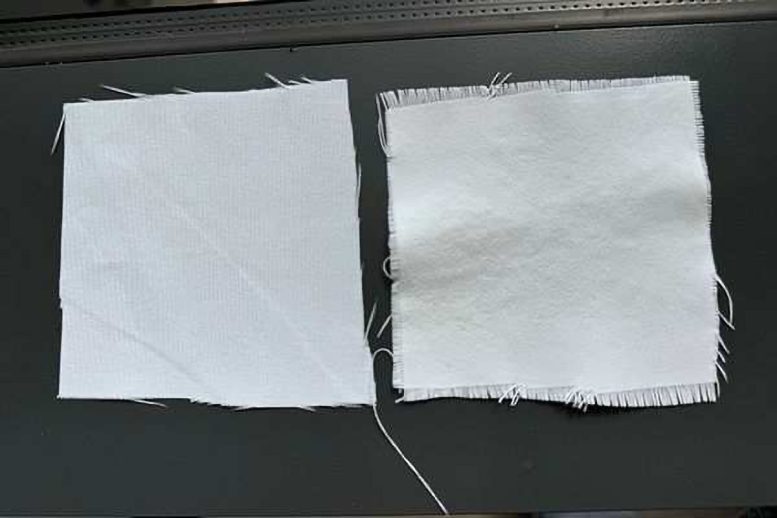

Researchers developed a chalk-based coating for polyester fabric that can cool the air underneath by up to 15°F, offering relief in hot urban settings.
With air temperatures remaining high throughout the fall, people may still seek clothing that keeps them cool outdoors, particularly in cities where temperatures tend to be warmer than in rural areas.
Researchers who previously demonstrated a cooling fabric coating now report on additional tests of a treated polyester fabric in ACS Applied Materials & Interfaces. Fabric treated with the team’s chalk-based coating kept the air underneath up to 6 degrees Fahrenheit cooler in warmer urban environments.
Researchers Evan D. Patamia, Megan K. Yee, and Trisha L. Andrew created a polymer-mineral coating for commercial fabrics and presented preliminary assessments of the coating’s cooling effect at ACS Fall 2024, a meeting of the American Chemical Society.

Now, the researchers confirm that their treated polyester poplin fabric could keep a person up to 15 F cooler than untreated polyester. Additionally, they have expanded the testing environments to four outdoor urban settings, including areas with materials that absorb and emit the sun’s heat. Observations made during hot, cloudless days indicate that treated polyester cooled the air underneath the fabric regardless of the environment:
- Open grass field: averaging 6 F below ambient air temperature.
- Concrete-paved alley between buildings: averaging 3 F below ambient.
- Asphalt-paved parking lot: averaging 1 F below ambient.
- Open concrete veranda: averaging 3 F below ambient.
The researchers say their expanded results show the potential of their coated fabrics to provide energy-free cooling for pedestrians and cyclists in urban environments.
Reference: “Microstructured Reflective Coatings on Commodity Textiles for Passive Personal Cooling” by Evan D. Patamia, Megan K. Yee and Trisha L. Andrew, 18 October 2024, ACS Applied Materials & Interfaces.
DOI: 10.1021/acsami.4c15984
The authors acknowledge support from an Interdisciplinary Research Grant from the College of Natural Sciences at the University of Massachusetts Amherst.

